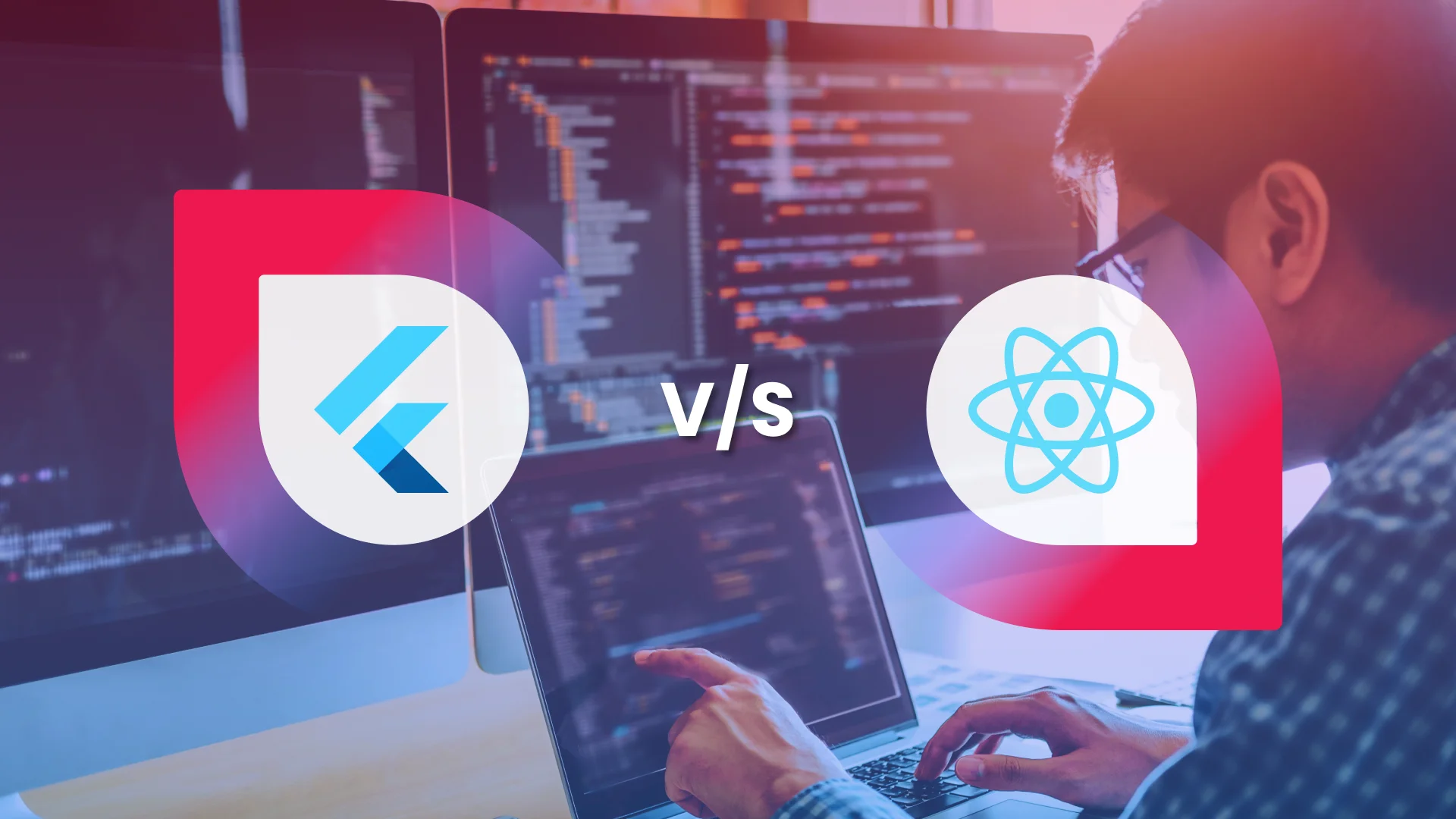Vue Native: A Detailed Guide About Progressive JavaScript Framework
- Mobile
- February 8, 2019
Native apps are preferred due to the quality, but on the flip side, building native apps on the myriad of the platforms are rather time-consuming and expensive. The cross-platform development is a faster and cheaper approach to offer the native app-like experience to the users on the multiple platforms.
However, cross-platform is considered as the inefficient method because the apps developed offer subpar performance, and have UI issues as well.
With technology advancement, the best-in-class tools for cross-platform app development are available that claims to build a native-like app with top-notch performance. The Vue Native framework is making inroads into cross-platform development space.
A Brief Intro of Vue Native
Vue Native is one of the front-end JavaScript frameworks that enable developers to build cross-platform native mobile apps using Vue.js. The JavaScript framework has gained a good response from the JavaScript front-end developers due to the easy learning curve, easy integration, faster development, and code run in all browsers that enables the lightweight app development.
Take a Step Back, a Little Into How Vue Native Was Engineered
Previously, there was a limitation with Vue.js, which is a deal breaker for the developers as they are unable to build mobile apps unless NativeScript or Weex framework is not used. Also, the app development leveraging additional frameworks was slow, unproductive and packed with some cons that were impacting its wide adoption.
After a lot of experimentation, a team of web developers finally created a new framework combining Vue.js and React Native that’s Vue Native to enable cross-platform development.
Now, it’s available under the MIT license, so developers can leverage the Vue JavaScript framework without having any copyright issues. The post-official announcement, the framework has scored an immense popularity with over 2500 projects, started on Github after a few days of the release.
The excitement towards Vue Native is due to the union of the goodness Vue ecosystem and React Native ecosystem that has made mobile app development plain-sailing.
Let’s Discuss First How Vue Native Works
Vue Native – the progressive JavaScript framework transpiles to React Native to build the native iOS and Android apps using JavaScript framework.
Later, Vue Native CLI is leveraged to create a Vue Native app which works as a React Native API wrapper, which further generates a single application using vue-native-core and create-react-native-app.
Read also: Reason Why Most Developers are Preferring Vue.js for Developing Web Applications
The Distinctive Features That Are Distinguishing Vue Native
Declarative Rendering
Declarative rendering that resides at the core of Vue Native is a process that allows the developers to declaratively render the data using template syntax.
Here, the piece of code is written by the developers aiming to hide the implementation details and focus on the outcome. The feature enables the changes in the data only when the inputs are entered and data consistency is maintained.
Two-way Binding
Vue Native support two-way binding using V-model directive that keeps the data in sync with DOM, which eliminates the need to write extra lines of code or creating logic, which in turn, reduces the time required for coding.
It also follows the MVVM pattern where the changes in the model and views can be done in one step with no waiting required for UI element rendering.
Compiles to React Native
The Vue.js framework is created on the top of React Native framework, which offers a golden opportunity for the rookie developers who are inexperienced with React Native to build mobile apps.
Vue Native is like a syntactic sugar for learning React Native as all the components of React Native can be imported, observed and used in the Vue Native using reactivity system.
Additionally, Vue Native also allows the developers to run Vue components in React application using react-vue-loader and run the Vue Native component in React Native using vue-native-script.
Vue Native Router
In order to help the developers handle the routing better in Vue Native applications, a vue.js plugin is provided.
The plugin is quite similar to React Navigation Router in incorporating navigation in the mobile applications, which can be implemented using a command line npm install vue-native-route. Also, the state management can be handled using Vuex.
UI Component Reusability
The framework excels in UI components’ adaptability where the Vue Native app developers are no more required to write the code repetitively for every platform (iOS, Android, or web). The reusability of the components leads to swift cross-platform app development and reduced time-to-market the app.
Reactive System
Vue Native is based on MVVM model where the model is tied to views and each view is tied back to the model. The reactive system lies at the core of Vue Native that ensures that when the variables in the model are updated, the changes will be reflected in the views in an automated fashion.
It takes off the heavy work from the developer’s shoulders of updating a whole view when trivial changes are made to the model. This process saves a lot of time and efforts of the developers.
Command Line Interface
The CLI has ushered a new era in front-end development with Vue CLI 3.0 release. The plugin-based architecture of CLI makes the app flexible and extensible as any of the plugins- Babel, TypeScript, PWA Support, Router, Vuex, CSS Pre-processors, Linter, Unit Testing, and E2E Testing can be added at any point of the app’s lifecycle.
Besides, ‘no need to “eject”’ is another great feature which allows the developers to quickly set up the app without any configuration unless any conditional changes are to be implemented. It also powers-up the developers with instant prototyping, PWA support, and GUI support that make the simple app development a breeze.
Dynamic Binding Feature
With the v-bind:style directive, the Vue Native developers can increase or decrease the font size and add multiple styles to the data object in the model. Using v-bind:class directive, the classes can be dynamically bound to the elements, and even multiple classes can be bound using v-bind:class directive.
Detailed Documentation
It won’t be an overstatement to say Vue Native documentation is best-in-class in every perspective of the novice and experienced developers. Because, all the functionalities are explained in detail, the peculiarities associated with functionalities are illustrated, and how the framework works is described as well. The clear documentation makes it easy for the developers to learn and build the apps faster.
What’s More?
The array of features makes Vue Native beneficial to the Vue.js developers who are new to the cross-platform development, as the functionality and documentation of both vue.js and Vue Native is easy to learn and use in development.
Going ahead, if you are one of the vue.js developers who were embarrassed with native app development using vue.js in addition to NativeScript or Weex, even then Vue Native can be your best bet to place. What do you think? Is Vue Native a piece of your cake? If so, let’s get started!
Conclusion
The easy-to-learn and easy-to-use are the two key elements that help beginners to master the language or framework effortlessly. Vue Native boasts to have both the elements that make it beginner-friendly. It’s a boon for the developers who opt to work with HTML, CSS, and jQuery for building the native mobile application.
Bringing the best of both vue.js and React Native world in Vue Native makes it good to use. Further, the declarative rendering, UI component reusability, CLI 3.0, reactive system, two-way binding, and clear documentation are the pros, which are pushing the developers to prefer the framework over others.
On the flip side, some issues are reported by the developers and the need of constant optimization, making it difficult to say anything about the popularity that Vue Native will gain among the developers in the years to come. Till then, just wait and watch what position the framework will acquire in cross-platform development tools.
About the Author
Avantika Shergil is an enthusiastic Operations Manager at TopDevelopers, coordinating and managing the technical and functional areas. Adventure lover, passionate traveller, and a lover of nature.













